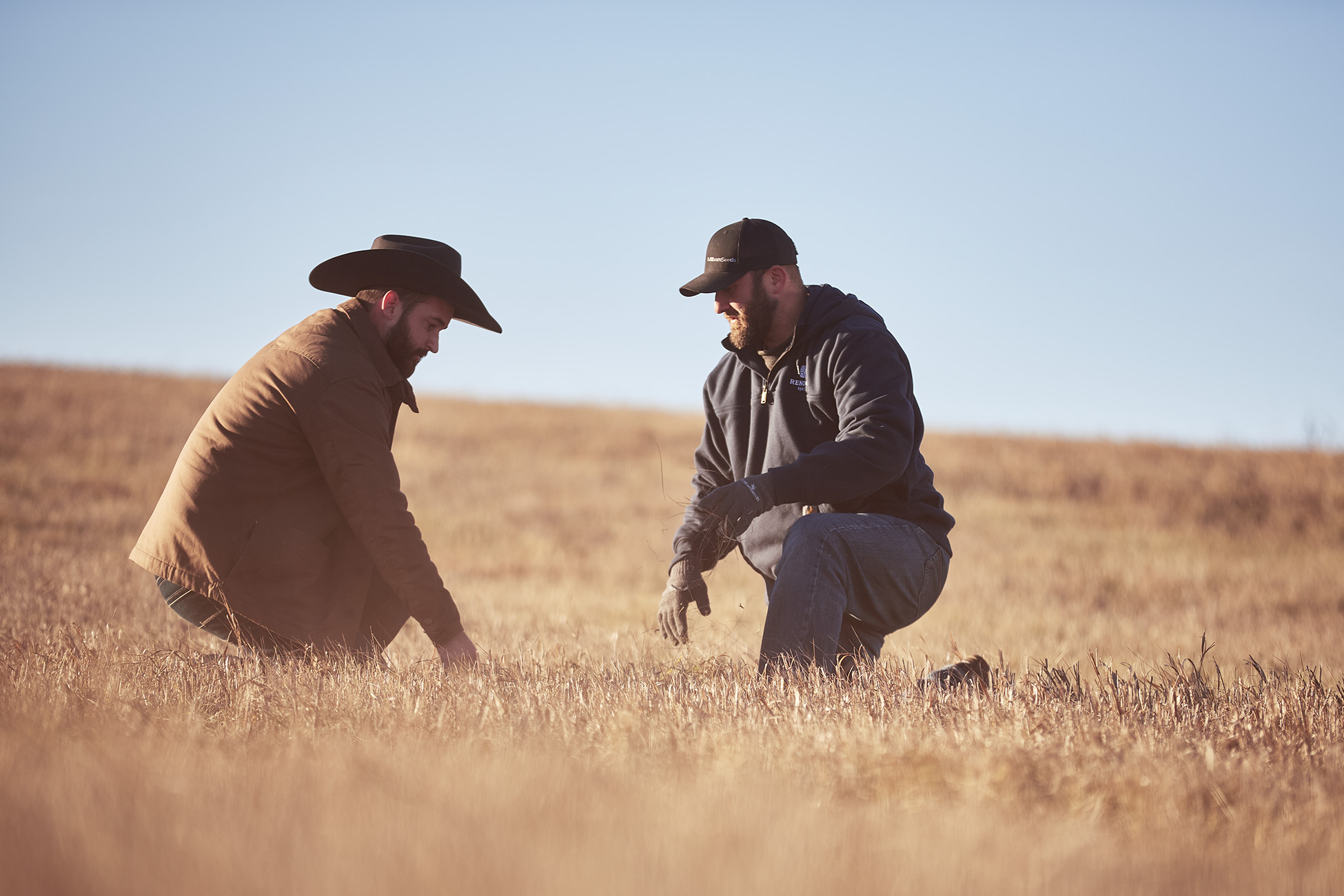
Biodiversity is more than a buzzword. It is a critical component of shaping the future of healthy and productive working lands. At AgSpire, we believe that understanding and harnessing biodiversity is not merely about compliance; it’s about adopting a transformative approach that elevates the land’s productivity and resilience for future generations.
In the realm of ranching, biodiversity encompasses a range of plant species, soil organisms, insects, and wildlife, each playing a vital role in nutrient cycling, soil health, and forage quality. This rich diversity is an ally in building robust grazing systems, capable of withstanding environmental stresses. More importantly, it directly contributes to improved herd health and overall productivity.
As our team develops programs related to grazing management and advises ranchers, here are four ways we can contribute to enhanced biodiversity – and deliver positive impact for ranchers:
> The Synergy of Grazing and Plant Growth
For grazing management to truly be effective, it must be underpinned by a deep understanding of the plant growth patterns for all the species present in the field. By aligning grazing intensity and timing with these plant growth patterns, ranchers can see a more a more consistent supply of forage while also promoting the long-term health of plant communities.
When visiting a ranch, our technical advisors help analyze current plant community types to understand their growth cycles and timing, and using this knowledge to make informed grazing decisions.

> Rest, Rotation, and Resilience
While rest and rotation are commonly associated with forage management, they are equally crucial for nurturing biodiversity. Properly timed rest periods allow for the establishment of new plant communities, vital for maintaining a diverse ecosystem. Appropriate rest can be challenging, especially during extreme weather conditions, but the long-term resilience and health of biodiverse grazing acres are invaluable assets during tough times.
> Rangeland Succession: A Strategic Approach
Rangeland succession – or the replacement of unhealthy plant communities by another – is just like managing a herd’s genetics; it requires a hands-on, strategic approach with long term vision. This process can significantly impact your land and herd – for better or worse – and therefore, must be guided intentionally. Practices like diverse seeding, controlled burns, and managed grazing are key to fostering a variety of plant species that support a healthier ecosystem.
> Legumes: A Natural Boost to Your Grazing Lands
Incorporating legumes pasturelands is a game-changer. These nitrogen-fixing plants enhance soil fertility, reduce fertilizer needs, and provide high-quality forage for livestock. By incorporating legumes, a rancher is not only improving soil health but also boosting the protein intake for their cattle.
About the Author
DREW SLATTERY
Senior Sustainability Project Manager
Drew Slattery, with his extensive experience in the regenerative agriculture and corporate sustainability realm, is committed to enhancing the impact on natural resources and the climate across global supply chains.
Throughout his career, Drew has partnered with leading agricultural and food brands to evolve their supply chains for greater sustainability and reduced carbon footprints. This has given him a broad range of expertise – from remote sensing, to ag media, producer engagement, behavior change programming, and corporate sustainability – and experience working with the beef, dairy, row crop, and specialty crop sectors.
 Visit the SustainAg Network
Visit the SustainAg Network